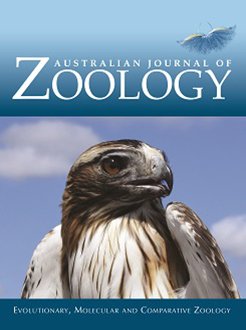Large (>3 m) slender-bodied rat snakes are abundant in agroecosystems of southern Asia and are heavily exploited for their skins and meat. We examined 216 specimens killed at commercial facilities in Cirebon, West Java, to quantify morphological and reproductive traits and evaluate harvest sustainability by comparing this sample to one taken 25 years previously. The snakes we examined were mostly adults, and mostly male. Females were less heavy-bodied than males of the same body length, matured at a larger size than males, but attained smaller maximum sizes. Reproduction and energy (fatbody) storage was seasonal in both sexes, with females containing oviductal eggs primarily during the annual wet season. Clutch size averaged 12.6 eggs and increased with maternal body size. Comparison of the two samples taken 25 years apart revealed strong similarity in sex ratio, the numerical preponderance of adults, body sizes at sexual maturation and mean adult body sizes, sexual dimorphism in body length and mass, reproductive seasonality in females, mean fecundity, and the relationship between fecundity and maternal body size. That consistency suggests that commercial harvesting over the intervening period has not affected the biological traits of rat snake populations, consistent with a sustainable level of offtake.
How to translate text using browser tools
3 May 2024
Sexual dimorphism and reproductive biology of commercially harvested oriental rat snakes (Ptyas mucosa: Colubridae) from West Java
Amir Hamidy,
Evy Arida,
Noor Laina Maireda,
Alamsyah Elang Nusa Herlambang,
Awal Riyanto,
Mumpuni,
Richard Shine,
Daniel J. D. Natusch
ACCESS THE FULL ARTICLE
<
Previous Article
|

Australian Journal of Zoology
Vol. 72 • No. 1
May 2024
Vol. 72 • No. 1
May 2024
Colubridae
Indonesia
Reproductive cycles
Snake ecology
sustainability
tropical
utilisation





